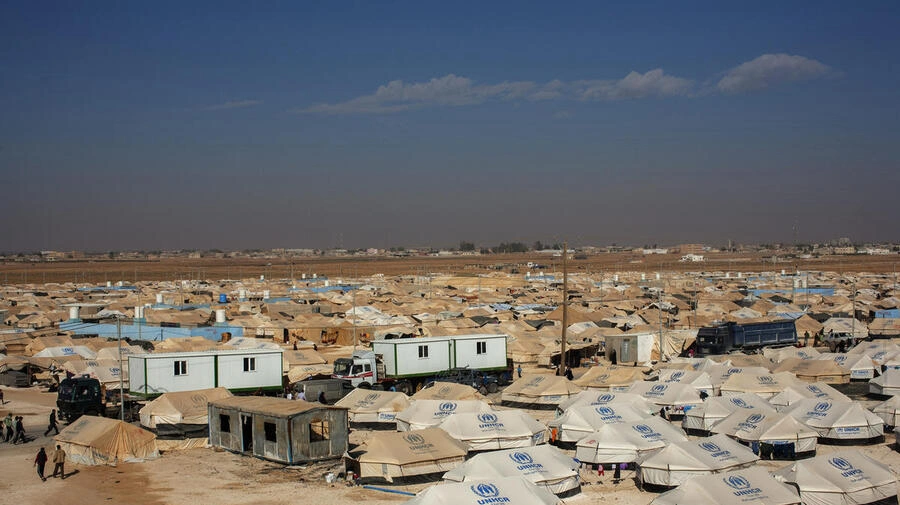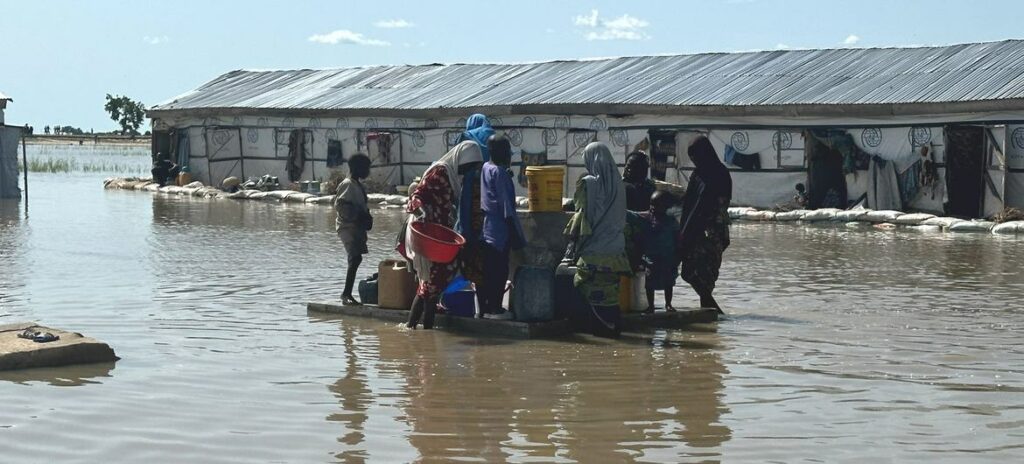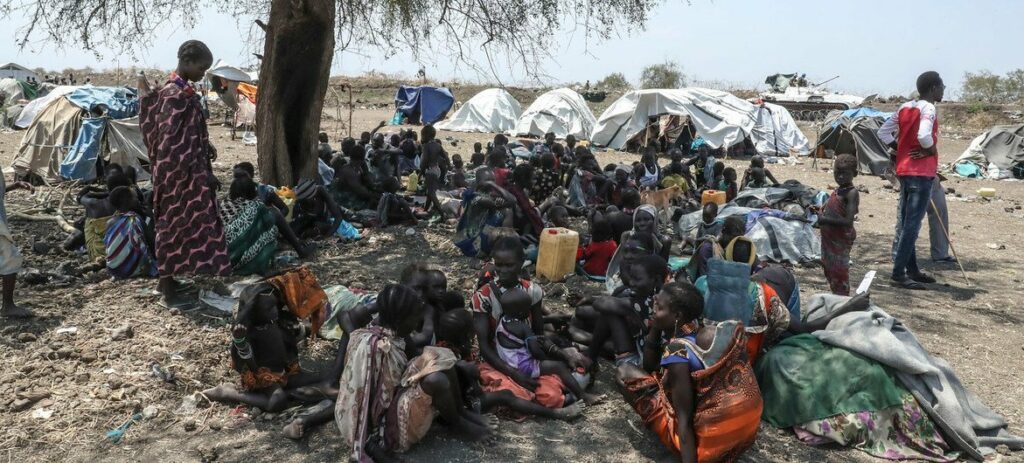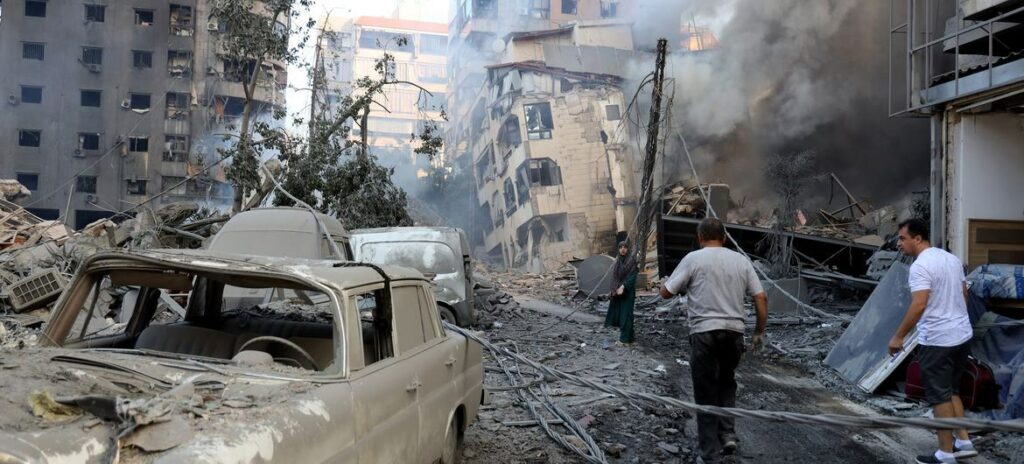The Syrian civil war, which began in 2011, led to one of the largest displacement crises in modern history. Millions fled the violence, with Jordan becoming a primary destination for those seeking safety. Among the refugee camps established in Jordan, Zaatari emerged as a central hub for Syrian refugees. Located near the Syrian border, Zaatari has grown to become one of the largest refugee camps in the world, symbolizing both the resilience of its residents and the challenges of managing such a massive humanitarian response.
In 2014, at the height of the crisis, the International Humanitarian Partnership (IHP) joined efforts to enhance the camp’s capacity to support refugees and humanitarian operations. Responding to a request from UNHCR, IHP, alongside other partners, facilitated the construction of 80 office spaces and meeting rooms within the camp. These facilities provided essential infrastructure for coordination, planning, and delivering services to the camp’s residents.
The Zaatari Refugee Camp today is more than a temporary shelter—it is a sprawling city that accommodates over 80,000 Syrian refugees. The camp features markets, schools, health centers, and community spaces, offering a semblance of normalcy amid challenging circumstances. The offices and meeting rooms established with IHP’s support remain vital, enabling organizations to work efficiently and collaborate effectively in addressing the refugees’ needs.
While the camp has become a symbol of humanitarian assistance, the ongoing need for support is a stark reminder of the protracted nature of the Syrian crisis. IHP’s involvement in Zaatari underscores the importance of global partnerships in providing both immediate relief and sustainable infrastructure, ensuring that displaced populations receive the care and services they need to rebuild their lives.
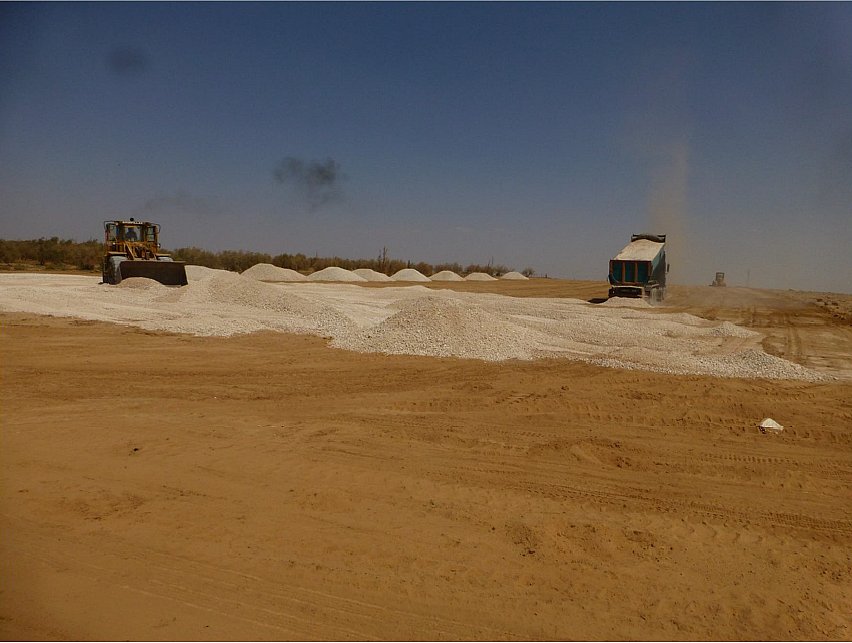
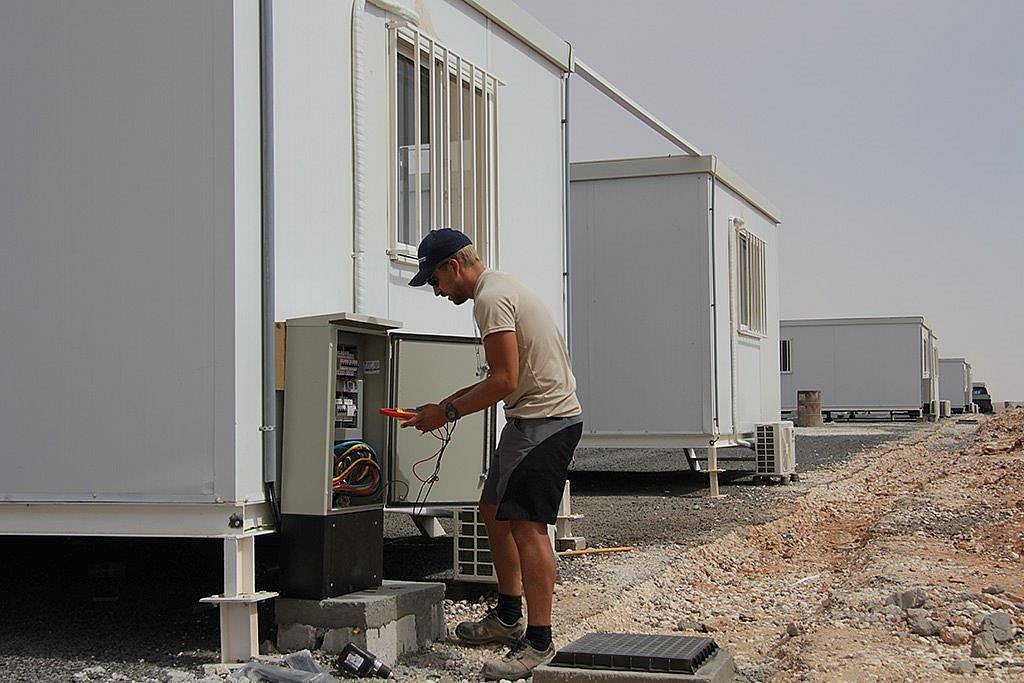
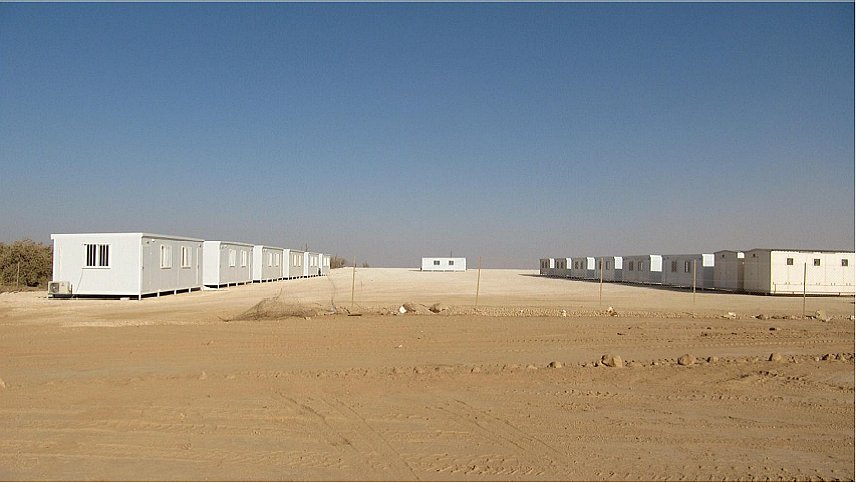
Cover Photo Credit: UNHCR/Brian Sokol
